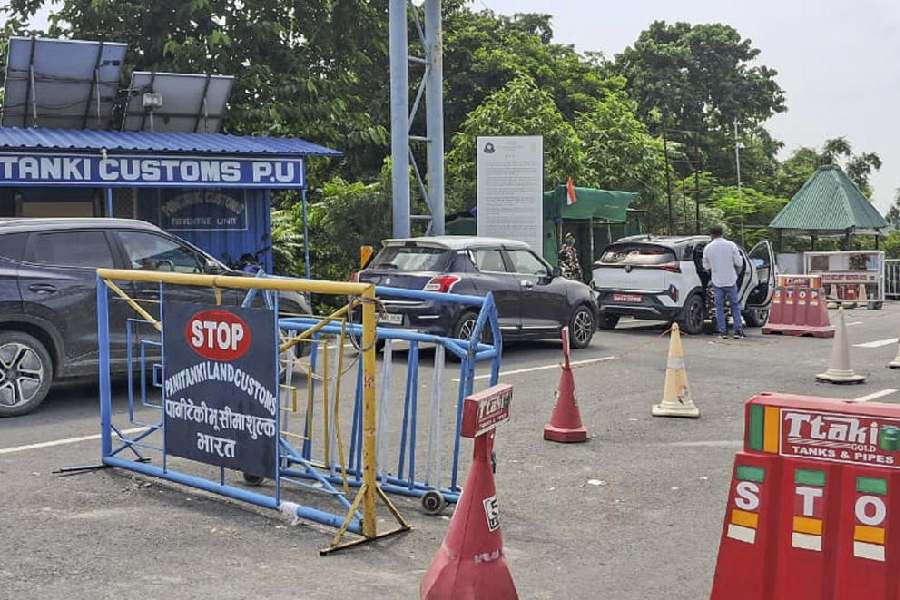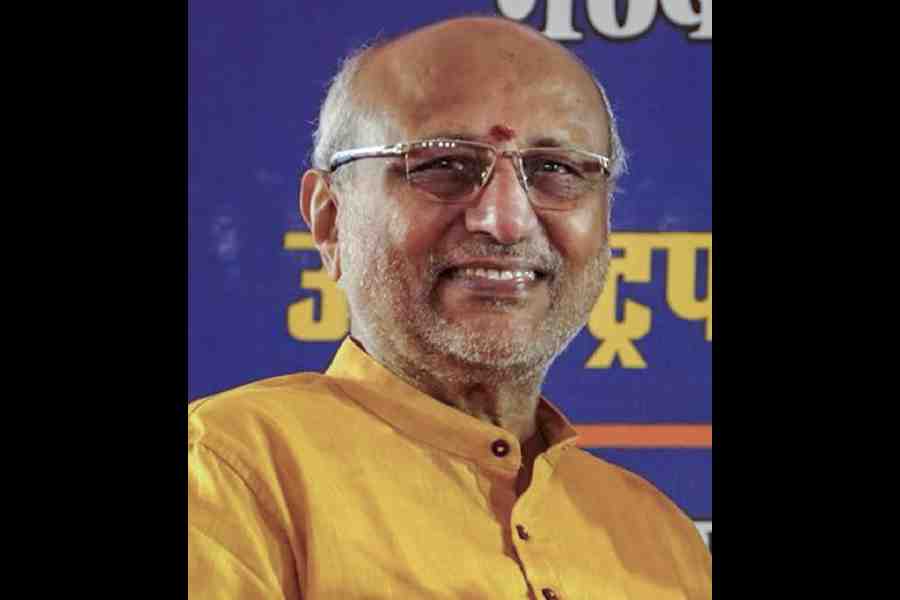 |
During counselling, Dr Borude found that obesity didn’t run in the siblings’ genes. Their parents were perfectly healthy. “But with both parents working, they never had time to monitor their daughters’ food habits. The girls had grown up on junk food,” says Dr Borude. He adds that he gets about 12 patients every month, seeking weight loss surgery. “All of them admit to be hooked to fatty food,” he says.
Clearly, the Maharajah Mac is becoming the staple food for a lot of urban Indians. “Snacking is no longer supplementary food. It has become the main meal for most urban Indians. This is an alarming and unhealthy trend,” says Jyoti Prasad, chief dietician, Manipal Hospital, Bangalore. Prasad says she sees over 10 patients every week with problems of obesity and diabetes. Most of them are either young software and call centre professionals or teenagers. “Fast foods pack in calories, sugar and trans-fat — all of which contribute to weight gain and related medical problems,” says Prasad.
But the risks don’t stop us from wanting them. The growth in India’s snack food industry indicates an increasing appetite for fizzy drinks and French fries. According to an AC Nielsen report published last year, salty snacks were the fastest growing sector among all FMCG (fast moving consumer goods) products in India. The sector earned a revenue of Rs 1,600 crore in 2006. “Potato wafers were the most preferred snack, accounting for 29 per cent of the total sale,” says the report.
The rise of the Maharajah Mac runs parallel to the story of social change in urban India. Working night shifts and long hours have made it harder for people to prepare balanced meals at home, increasing the appeal of fast food and on-the-go snacks. “As people are getting increasingly pressed for time, they eat fast food because it’s easier to consume. Also, with women working, few people cook at home,” adds Prasad.
With the boom in the call centre industry, nocturnal nutrition has also become an issue. “Maintaining a healthy diet schedule can be challenging when the natural body cycle is turned upside down,” says Jyoti Prasad. He claims that half of the company’s clients work in call centres and are in the age group of 22 to 24 years.
A working day that starts after sundown, begins with dinner and — after several coffee and cookie breaks — ends with an early morning meal, is just what the doctor didn’t order. “Most night shift workers complain of indigestion and acidity. In fact, nocturnal food habits might cause stomach ulcers,” says Nikhil Vaswani, director, Be Positive Wellness Services, a health company in Gandhinagar. Also, as the basal metabolic rate (BMR) is very low at night, eating high-fat food results in the build up of cholesterol.
With snack-buff adults as role models, children are quick to pick up the cue. Lays chips are a fashion statement among school children, says Indrani Sudarshan, director, academics and counselling, Ebenezer International School, Bangalore.
Dr Nandini Mundkur, CEO, Bangalore Children’s Hospital, says she sees 15 children every week whose only problem is obesity. “Ten years ago, childhood obesity was negligible in India,” says Mundkur who feels parents are to blame for increased snacking in children. “A Big Mac has become synonymous with every occasion. It’s used to pacify cranky children, to pamper them and reward them when they stand first in class. This sends a wrong message to children,” says Mundkur.
The problem is, once a wafers fan, always a wafers fan. “Once a child is exposed to fried snacks, it is very difficult to get him to stop,” says Mundkur. The high salt content in fast food is harmful for children. And the cocoa content in chocolates mimics the properties of marijuana.
An obesity crisis has grown along with urban India’s love for junk food. A study — called the AIIMS-Texas A&M University, CDC Atlanta Collaborative Study on obesity, diabetes and heart diseases among Indians in the US and India, conducted in 2005, found that obesity has reached alarming levels in urban India. “Statistics from New Delhi indicate that every second person is either obese or has excess abdominal fat,” says Anoop Misra, who headed the study in India. Of the 1,900 school children surveyed in Delhi, 18 per cent had abdominal obesity. “The children had imbalanced diets, with little intake of beneficial nutrients,” says Misra.
Misra adds that obesity in India is no longer a sign of an enviable bank balance. “The middle and lower middle classes are outnumbering the rich in fat bellies,” adds Misra.
As people eat more and exercise less, the weight loss industry is the one that’s getting healthy. A Bangalore-based health centre, Fitness One, launched a weight loss programme — Trim 90 — two months ago. Within days, 75 people enrolled for the 90-day programme. “Most of our clients have complaints of obesity, diabetes, blood pressure and early onset of cardio-vascular illness — all a result of bad food habits and a sedentary life,” says Nitya Vivek, nutritionist, Fitness One.
As the snacking problem turns weighty, corporates and schools are stepping in to help urban Indians get lean. A pre-school chain, Kangaroo Kids, hands out a snack list for each day of the week to parents. “We do not permit junk food in school,” says Kalpana Das, principal, Kangaroo Kids, Bangalore.
Companies are also showing interest in employee health. In Bangalore, IT firms such as Microsoft, Accenture, Wipro and Hewlett Packard now employ nutritionists to educate employees about good food habits. In Gandhinagar, a medical firm, Lamda Therapeutic Research, has roped in the services of Be Positive Wellness Services to serve healthy snacks at its annual meet next month. The menu comprises juices, herbal tea and salads.
But with India boasting of being the largest snack market in the Asia-Pacific region, it will be a long time before the cookie crumbles.










